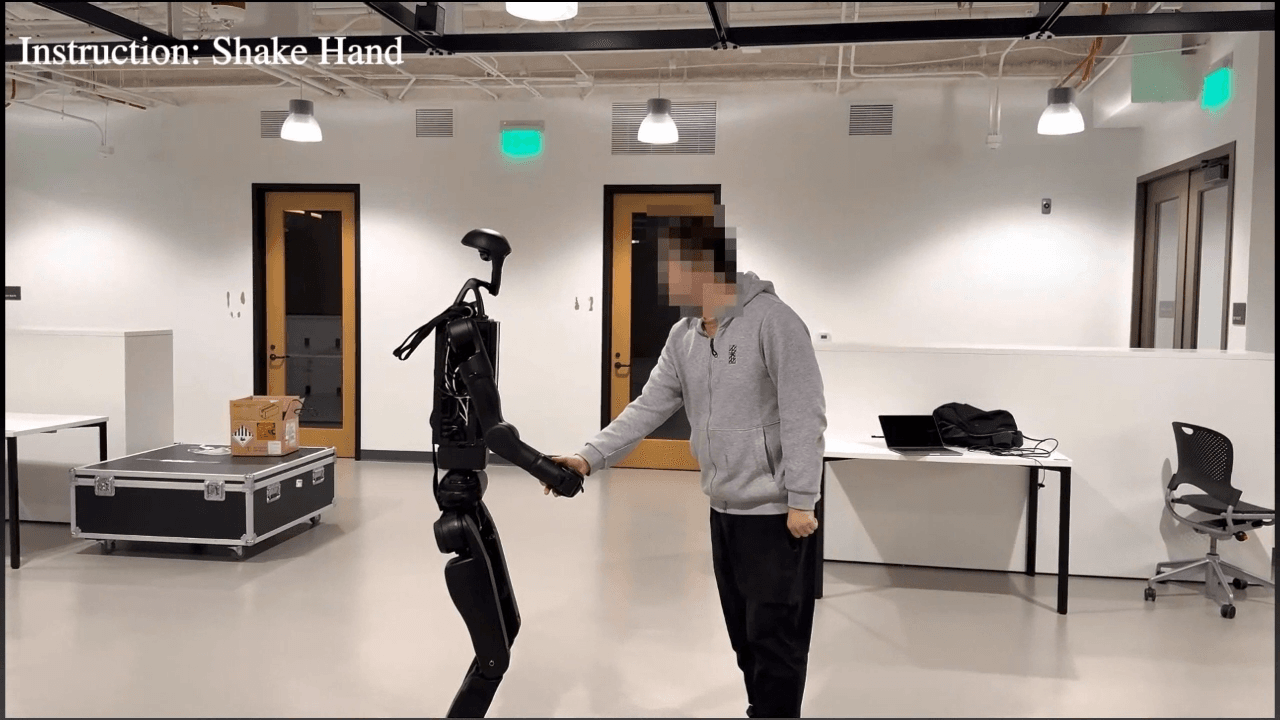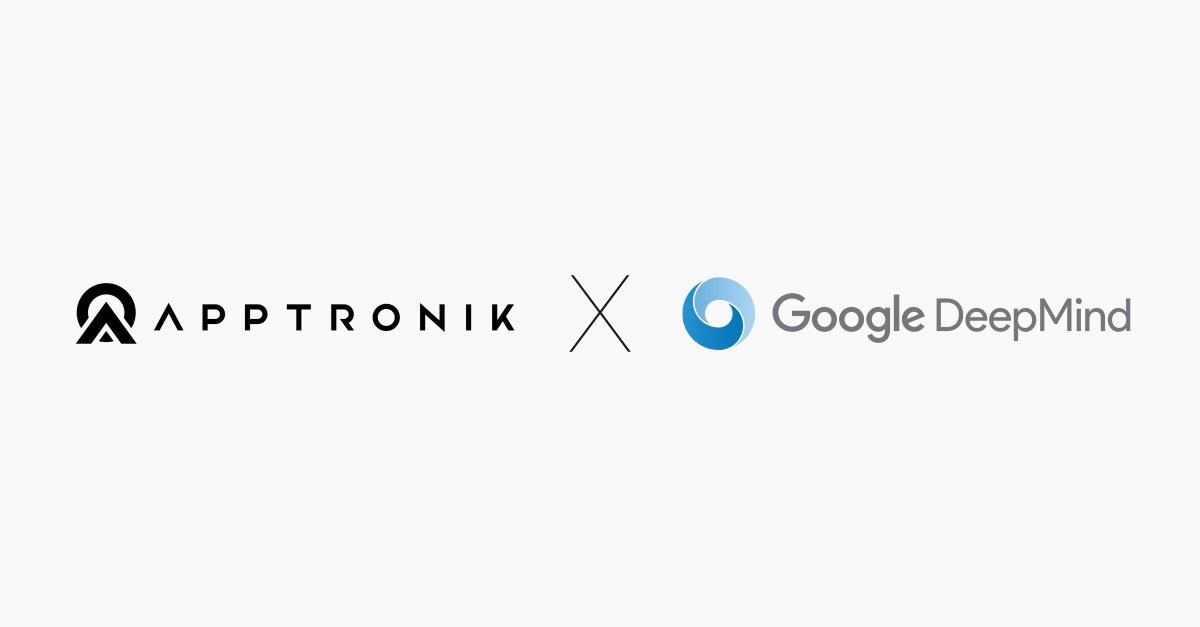
December 18, 2024
NVIDIA Isaac Sim To Speed Up Robotics Development With Synthetic Data, Advanced Simulations
NVIDIA’s Isaac Sim is set to redefine autonomous machine design, testing, and deployment with its application of realistic simulations and synthetic data generation. With the help of Isaac Sim, robotics companies are anticipated to enjoy reduced deployment timelines and enhanced product performance across different applications.
Synthetic Data Is The Next Big Step For Robotics
Thanks to Isaac Sim, robotics innovators such as Cobot, Field AI, and Vention can enjoy more efficiently validated robot performance. Moreover, companies like Tata Consultancy Services and SoftServe enjoy Isaac Sim’s synthetic data to prepare AI models for various robotics applications.
Simulations have already become an important aspect of robotics learning. Whereas previous robot training involved rigorous but resource-intensive physical trials, advanced simulations today can create physically accurate environments to train robots safely. Isaac Sim leverages its synthetic data capabilities to help robots use trial and error, algorithm refinement, and AI Model training.
The Evolution Of Physical AI
“Physical AI” is the term used to describe he next wave of autonomous machines that include humanoids, mobile robots, industrial manipulators, and self-driving car. Robotics simulation plays a key part in their development, as engineers and researchers need to test algorithms and programmed behaviors in controlled environments to reduce the time and cost of teaching new robots.
Thanks to OpenUSD NIM microservices included in Isaac SIM, developers can now speed up the creation of synthetic 3D datasets. Thanks to generative AI, they can create realistic scenes and more efficient data augmentation that streamlines the training perception of AI models. Gone are the days of developers and robotics engineers worrying about limited or unavailable data, as synthetic data can prove useful in the creation of action recognition models - among other necessary robotics training tools.

Using Advanced Simulation To Create Humanoid Robots
NVIDIA’s Isaac Sim is positioned to play a big role in the emergence of humanoid robots as the newest manifestation of embodied AI. Thanks to Isaac Sim, companies can solve the gap between control theory, AI, and mechatronics - with NVIDIA’s newest system offering a unified framework for training humanoid robot policies in a simulation that can eventually lead to scalable robot training. Leading robot manufacturers are currently adopting Isaac Sim to help their robots master complex interactions and movement.
Such an example is NVIDIA’s Project GR00T, which is an initiative to help train humanoid robots by creating simulation-ready environments in OpenUSD with its GR00T-Gen. This program is poised to support training generalist robots for tasks such as navigation, locomotion, and manipulation. Recent developments in Project GR00T introduced MaskMimic, which is a unified controller capable of creating unique humanoid motions based on user-defined intents that work on different terrains.

NVIDIA Helping Teams Lead The Way To Advanced Robotics
Isaac Sim and its advanced capabilities are just some of the many tools in NVIDIA’s ecosystem that other teams use to develop their autonomous machines. See how teams use NVIDIA’s tools like Isaac Lab, Omniverse, and OpenUSD to simulate, design, and deploy advanced robots:
- Agility Robotics: Uses Isaac Lab for the seamless transfer of algorithms and behaviors to physical robots, specifically to improve their agility in complex real-world applications.
- Cobot: Uses Isaac Sim to optimize manufacturing and warehouse logistics with Proxie, the company’s AI-powered cobot.
- Cohesive Robotics: Uses Isaac Sim within its Argus OS framework to develop robotic workcells for its high-mix manufacturing needs.
- Field AI: Uses NVIDIA’s foundational models in complex environments across high-intensity industries like mining and construction.
- Fourier Intelligence: Uses Isaac Gym and Isaac Lab to create advanced simulations and apply reinforcement learning with its GR-2 humanoid robot.
- Foxglove: Uses Isaac Sim and Omniverse for sensor data analysis and efficient robot testing in 3D environments.
- Galbot: Uses Isaac Sim to help validate the DexGraspNet dataset of over 1-million ShadowHand grasps to advance their robotic hand tech.
- Standard Bots: Uses NVIDIA’s ecosystem to validate and simulate the performance of its R01 robot for manufacturing systems.
- Wandelbots: Uses Isaac Sim to simplify bot training, validation, and deployment through the creation of physics-based digital twins.
Isaac Sim A Gamechanger In The Future Of Robotics
NVIDIA’s Isaac Sim proves that technologies are on the way for smarter, safer, and more efficient autonomous systems - this time using simulation and synthetic data to scale the applications of AI and machine learning to advanced robotics.









